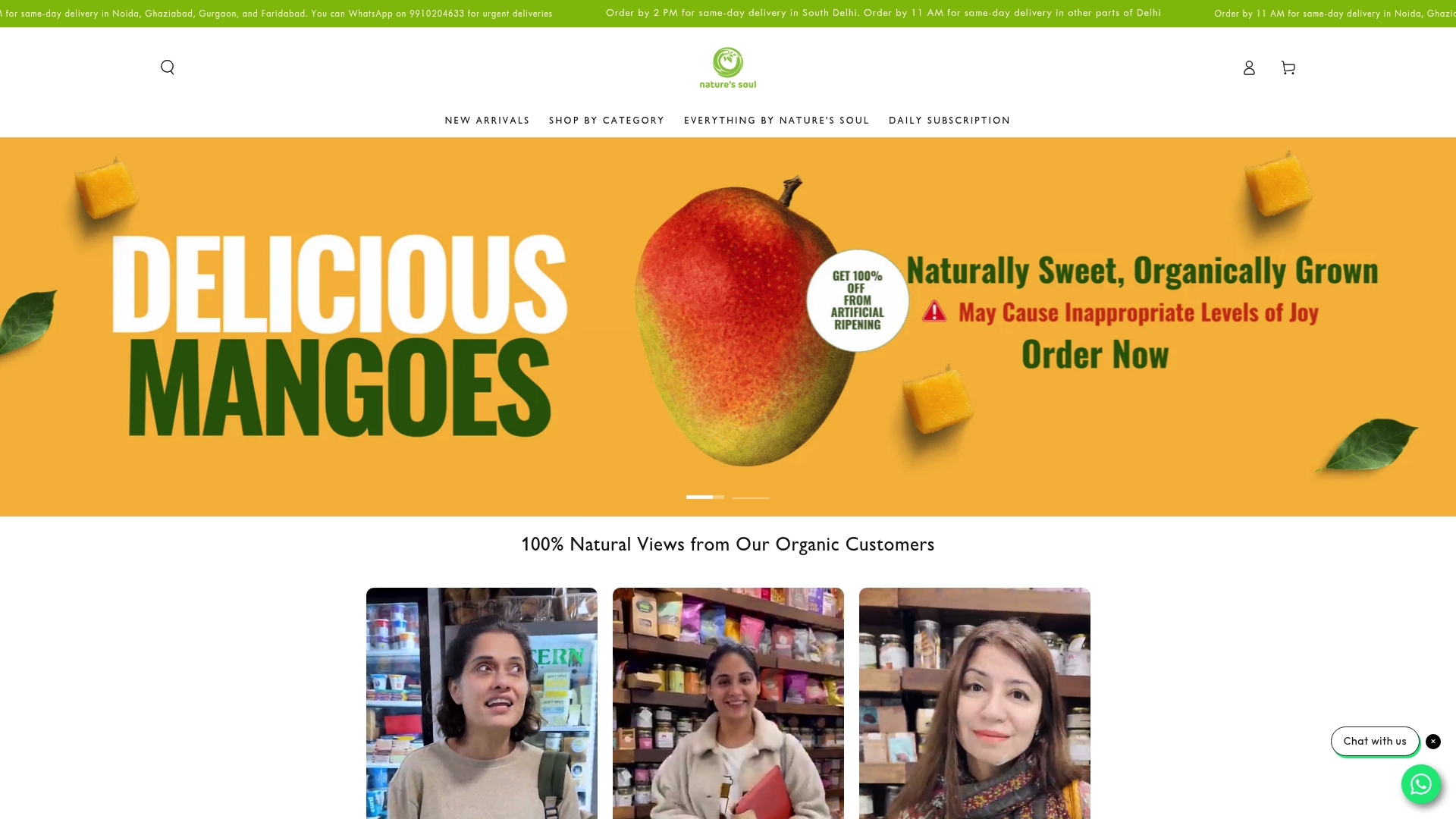
Gluten hides in far more places than just bread or pasta and catching it out is trickier than most imagine. Brace yourself. Studies show that even trace amounts as small as 20 parts per million can spark serious health issues for those with coeliac disease or gluten sensitivity. Now here is the surprise twist. Some of the biggest risks come not from obvious foods but from unlikely products like cosmetics, supplements and medications that most people never even think to check.
Table of Contents
- What Are Hidden Gluten Sources?
- Why Hidden Gluten Sources Matter For Health
- Identifying Hidden Gluten Sources In Everyday Foods
- The Role Of Labels And Ingredients In Gluten Awareness
- Navigating Social Situations With Hidden Gluten
Quick Summary
| Takeaway | Explanation |
|---|---|
| Identify hidden gluten sources. | Gluten can be found in unexpected products like sauces, medications, and cosmetics, beyond just food. |
| Vigilantly read ingredient labels. | Understanding complex terms and alternative names for gluten-containing ingredients is crucial for safety. |
| Be aware of cross-contamination risks. | Gluten can contaminate gluten-free products during processing, making awareness of sourcing essential. |
| Prepare for social dining situations. | Proactively communicate dietary needs and research menus to reduce gluten exposure risks when eating out. |
| Understand health implications of hidden gluten. | Consumption of hidden gluten can lead to serious health issues, including chronic inflammation and nutrient malabsorption. |
What Are Hidden Gluten Sources?
Gluten, a protein found in wheat, barley, and rye, can be surprisingly pervasive in numerous unexpected products and environments. Hidden gluten sources represent a significant challenge for individuals with celiac disease, gluten sensitivity, or those choosing a gluten free lifestyle.
Below is a table organising common hidden gluten sources and the types of products they can be found in, supporting greater awareness for those managing gluten sensitivity or coeliac disease.
| Hidden Gluten Source | Typical Product Types |
|---|---|
| Processed sauces and condiments | Salad dressings, soy sauce, marinades |
| Processed meats and substitutes | Cold cuts, meat alternatives, flavoured meats |
| Pharmaceutical medications | Pills, capsules, over-the-counter remedies |
| Cosmetic and personal care | Lipsticks, lotions, shampoos |
| Dietary supplements | Vitamins, protein powders, herbal remedies |
| Flavoured beverages | Instant coffee, flavoured teas |
| Sweets and chocolate products | Candies, bars with added flavourings |
Understanding Gluten Contamination
Contrary to popular belief, gluten is not merely confined to bread and pasta. According to research from Johns Hopkins Medical Center, gluten can manifest in numerous unexpected places, creating potential health risks for sensitive individuals.
Some surprising hidden gluten sources include:
- Processed sauces and condiments
- Processed meats and meat substitutes
- Pharmaceutical medications
- Cosmetic and personal care products
- Dietary supplements
Complex Manufacturing Processes
Modern manufacturing techniques frequently involve cross-contamination, where gluten can inadvertently enter products during processing. This phenomenon occurs through shared equipment, storage facilities, and production lines. Even products labeled as “natural” or “organic” might contain trace gluten amounts.
Medical studies reveal that individuals with celiac disease can experience significant health complications from consuming microscopic gluten quantities. Trace gluten amounts as low as 20 parts per million can trigger immune responses, making vigilant ingredient monitoring crucial.
Understanding hidden gluten sources requires comprehensive knowledge about ingredient sourcing, manufacturing processes, and potential cross-contamination risks. Consumers must develop a meticulous approach to product selection, carefully reading labels and researching manufacturing practices to protect their health effectively.
Why Hidden Gluten Sources Matter for Health
Gluten sensitivity extends far beyond dietary inconvenience, representing a critical health concern with potential long-term physiological consequences. Understanding the profound impact of hidden gluten sources is essential for proactive health management and preventing systemic inflammatory responses.
Immune System Disruption
According to research from the Celiac Disease Foundation, hidden gluten sources can trigger significant immune system reactions, even in trace amounts. For individuals with celiac disease or gluten sensitivity, these microscopic protein fragments can initiate complex inflammatory cascades that damage intestinal tissues and compromise nutritional absorption.
Key health risks associated with undetected gluten exposure include:
- Chronic intestinal inflammation
- Autoimmune system dysregulation
- Nutrient malabsorption
- Increased risk of gastrointestinal disorders
- Potential neurological complications
Systemic Health Implications
Beyond immediate digestive disturbances, hidden gluten sources can precipitate widespread health challenges. The immune response triggered by gluten can create a domino effect, potentially impacting multiple organ systems. Prolonged exposure may lead to increased risks of developing secondary autoimmune conditions, neurological disorders, and compromised metabolic functioning.
Individuals with undiagnosed gluten sensitivities might experience persistent symptoms such as fatigue, cognitive difficulties, joint pain, and recurring infections. These manifestations underscore the importance of meticulously identifying and eliminating hidden gluten sources from one’s dietary and environmental landscape.
The following table compares the immediate and long-term health impacts of hidden gluten exposure for individuals with coeliac disease or gluten sensitivity.
| Type of Impact | Health Consequence |
|---|---|
| Immediate | Digestive discomfort, bloating, abdominal pain |
| Immune system disruption | Chronic inflammation, autoimmune responses |
| Systemic/Long-term | Nutrient malabsorption, neurological complications |
| Psychological | Fatigue, cognitive difficulties, social anxiety |
| Increased risk | Secondary autoimmune diseases, recurring infections |
Proactive health management requires comprehensive awareness, vigilant ingredient scrutiny, and a holistic approach to understanding how seemingly innocuous products can significantly impact physiological well-being.
Identifying Hidden Gluten Sources in Everyday Foods
Navigating the complex landscape of hidden gluten sources requires keen awareness and strategic food selection. Many everyday food items contain gluten in unexpected forms, making ingredient vigilance crucial for individuals managing gluten sensitivity or celiac disease.
Unexpected Gluten Reservoirs
According to research from the National Institutes of Health, numerous processed and prepared foods harbor concealed gluten sources. Common culinary items that frequently contain hidden gluten include:
- Soy sauce and marinades
- Processed meats and cold cuts
- Salad dressings and gravies
- Flavored coffee and tea products
- Processed cheese and dairy substitutes
- Candies and chocolate products
Ingredient Label Decoding
Deciphering food labels requires understanding alternative gluten terminology. Consumers must recognise disguised gluten-containing ingredients such as:
- Wheat derivatives
- Malt extract
- Hydrolysed vegetable protein
- Modified food starch
- Maltodextrin
- Textured vegetable protein
Vigilant label reading is paramount, as manufacturers frequently use complex ingredient nomenclature that obscures gluten presence.
This table summarises key ingredient terms that can indicate the presence of gluten in food labels, making it easier to decode complex ingredient lists and avoid hidden gluten exposure.
| Ingredient Term | Possible Gluten Source | Notes |
|---|---|---|
| Wheat derivatives | Wheat | Includes various forms of wheat |
| Malt extract | Barley | Commonly used as flavouring |
| Hydrolysed vegetable protein | Wheat/Barley/Rye | Origin must be specified |
| Modified food starch | Can be wheat-based | Source should be clarified |
| Maltodextrin | Often maize, sometimes wheat | Check if gluten-free labelled |
| Textured vegetable protein | Wheat or soy (cross-contact) | Verify with manufacturer if unsure |
Cross-contamination during manufacturing processes further complicates ingredient identification, making comprehensive label scrutiny essential for individuals managing gluten-related health conditions.
Effective gluten source identification demands continuous education, systematic ingredient verification, and proactive dietary management strategies.
 Developing a sophisticated understanding of food composition empowers individuals to make informed nutritional choices and protect their health effectively.
Developing a sophisticated understanding of food composition empowers individuals to make informed nutritional choices and protect their health effectively.
The Role of Labels and Ingredients in Gluten Awareness
Labels serve as critical communication tools that bridge consumer health requirements with product transparency. Understanding ingredient nomenclature and labeling practices becomes paramount for individuals managing gluten-related dietary restrictions.
Decoding Label Complexity
According to research from the Journal of Applied Communications, gluten-free labeling significantly influences consumer perceptions and purchasing decisions. Manufacturers employ complex terminology that can obscure genuine ingredient composition, creating potential risks for unsuspecting consumers.
Critical label indicators requiring careful examination include:
- Wheat protein derivatives
- Scientific ingredient names
- Ambiguous processing terminology
- International ingredient classifications
- Modified food starches
- Emulsification agents
Regulatory Labeling Standards
Gluten labeling regulations vary across different regions, introducing additional complexity for consumers. Comprehensive label understanding demands knowledge of both scientific terminology and legal definitions. Some ingredients might technically contain gluten without explicitly stating wheat or barley as primary components.
Consumers must develop sophisticated strategies for ingredient verification, recognising that gluten can manifest through numerous chemical transformations. Proactive label reading involves understanding not just ingredient lists, but also potential cross-contamination risks during manufacturing processes.
Effective gluten awareness transcends simple label reading. It requires continuous education, critical thinking, and an evolving understanding of food production methodologies. Empowering consumers with comprehensive knowledge enables more informed dietary choices and enhanced personal health management.
Navigating Social Situations with Hidden Gluten
Social interactions involving food can become complex challenges for individuals managing gluten sensitivities. The potential for hidden gluten sources transforms seemingly routine social experiences into potential health risk scenarios requiring strategic navigation and proactive communication.
Dining Out Strategies
According to research from the Netherlands, individuals with gluten restrictions face significant challenges when dining outside their controlled environments. Successful social dining requires comprehensive preparation and clear communication.
Key strategies for managing gluten risks in social settings include:
- Researching restaurant menus in advance
- Communicating dietary requirements clearly
- Requesting ingredient verification
- Bringing personal safe food options
- Selecting restaurants with gluten-free accommodations
- Understanding cross-contamination risks
Emotional and Social Dynamics
Managing gluten sensitivity extends beyond physical health considerations, encompassing complex emotional landscapes. Social situations can trigger feelings of isolation, vulnerability, and potential stigmatization. Individuals must develop robust communication skills and emotional resilience to navigate these intricate social dynamics effectively.
Confident self-advocacy involves educating friends, family, and dining companions about gluten-related health requirements without inducing discomfort. This approach transforms potential social barriers into opportunities for increased understanding and supportive interpersonal connections.
Effective social navigation with gluten sensitivity demands a balanced approach combining medical awareness, communication skills, and emotional intelligence.
Here is a table outlining key strategies for navigating social settings with hidden gluten risks, clarifying proactive steps to reduce exposure and enhance confidence when dining out.
| Strategy | Purpose/Benefit |
|---|---|
| Research menus in advance | Identify safe options before arrival |
| Communicate requirements clearly | Reduce risk of miscommunication with staff |
| Request ingredient verification | Ensure menu items are genuinely gluten-free |
| Bring safe food options | Guarantee safe alternatives are available |
| Choose gluten-aware restaurants | Improve safety and reduce anxiety |
| Understand cross-contamination | Avoid accidental gluten exposure in kitchens |
 By transforming dietary restrictions from potential limitations into personal empowerment strategies, individuals can maintain meaningful social interactions while prioritizing their health and well-being.
By transforming dietary restrictions from potential limitations into personal empowerment strategies, individuals can maintain meaningful social interactions while prioritizing their health and well-being.
Discover True Wellness Without Hidden Gluten Threats
If you are concerned about accidentally consuming gluten from everyday foods and products, you are not alone. As highlighted in the article, hidden gluten sources and cross-contamination can leave you constantly anxious about your health, nutritional absorption, and overall well-being. At Nature’s Soul Shop, we truly understand the challenge of identifying safe options when labels can be misleading and even trace gluten may trigger a harmful immune response.
Experience the comfort of shopping in an environment dedicated to your complete gluten awareness journey. Every item—from fruits and vegetables to dry grocery, vegan, and gluten free choices—comes with transparency and clean ingredients you can trust. We make it easier to select products that support your gluten free lifestyle across every touchpoint of your day, including personal care and home needs.

Ready to build a safe and nourishing gluten free routine without second guessing every purchase? Visit Nature’s Soul Shop now and experience the difference clean, certified products make. Choose health and peace of mind today, because even a small amount of hidden gluten can affect your life. Your well-being deserves unwavering protection—take your next step with us at Nature’s Soul Shop.
Frequently Asked Questions
What are common hidden sources of gluten in food?
Hidden sources of gluten can include processed sauces, condiments, processed meats, certain dietary supplements, and even pharmaceuticals. It’s essential to read labels carefully to identify these products.
How can I identify gluten in ingredient lists?
Look for terms like wheat derivatives, malt extract, hydrolysed vegetable protein, modified food starch, and maltodextrin in ingredient lists, as these can indicate the presence of gluten. Vigilant label reading is crucial for those with gluten sensitivities.
Why is cross-contamination a concern for gluten-sensitive individuals?
Cross-contamination can occur during manufacturing processes when gluten-free products come into contact with gluten-containing ingredients. Even trace amounts of gluten, as small as 20 parts per million, can trigger immune responses in sensitive individuals.
What strategies can I use when dining out to avoid hidden gluten?
When dining out, research restaurant menus in advance, communicate your dietary requirements clearly, request ingredient verification, and select restaurants known for accommodating gluten-free diets. It’s also helpful to bring safe snack options in case the menu does not meet your needs.






